Buy RFID NFC Smart Card Here
Get A Quote Here!
…
We ZH Intelligent (TelefieldRFID.com) is a Professional RFID Cards Manufacturer. LF / HF / UHF Chips Available. Customized Your Unique Cards Now!
We ZH Intelligent (TelefieldRFID.com) is a Professional RFID Cards Manufacturer. LF / HF / UHF Chips Available. Customized Your Unique Cards Now!
We Provide Various Types & Shapes & Sizes RFID Cards. Standard Card’s Size is 85.5*54 mm. Of Course We Offer Customize Service Since We Have Factory.
ZH Intelligent Technology Co., LTD(TelefieldRFID.com), focused on IOT development. We specialized in RFID solution researching and developing, including RFID smart card, RFID tag, RFID wearable device, RFID inlay, and RFID reader, etc. Our products are widely used in specialize intelligent Packaging, Intelligent Manufacturing, Public Transport, Medical Treatment, Education, Cold Chain & Logistics, Intelligent Warehousing, Clothing Retailing, Drugs & Food, Anti-counterfeiting, Game & Toys, Access Control, etc.

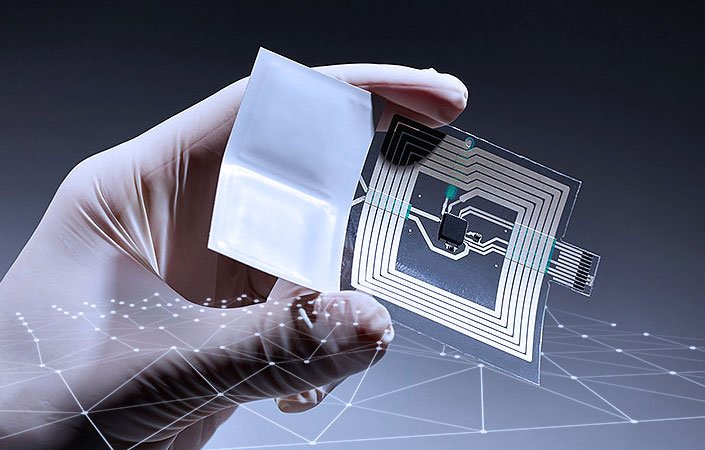
RFID is the general name of the radio frequency technology system, and the RFID card is the radio frequency card, the radio frequency card is a chip card containing frequency induction, and the card contains an IC or ID chip. The cards currently on the market can be divided into low-frequency cards (ID cards according to frequency) 125K Hz), high-frequency card (IC card 13.56M Hz), ultra-high frequency card (915M Hz).
To distinguish from the size of RFID cards, RFID cards can be divided into standard cards and special-shaped cards. The standard card is a common PVC card. The standard card size is 85.5*54*0.76mm. In principle, as long as it is not this standard size RFID card, it can be called a special-shaped card.
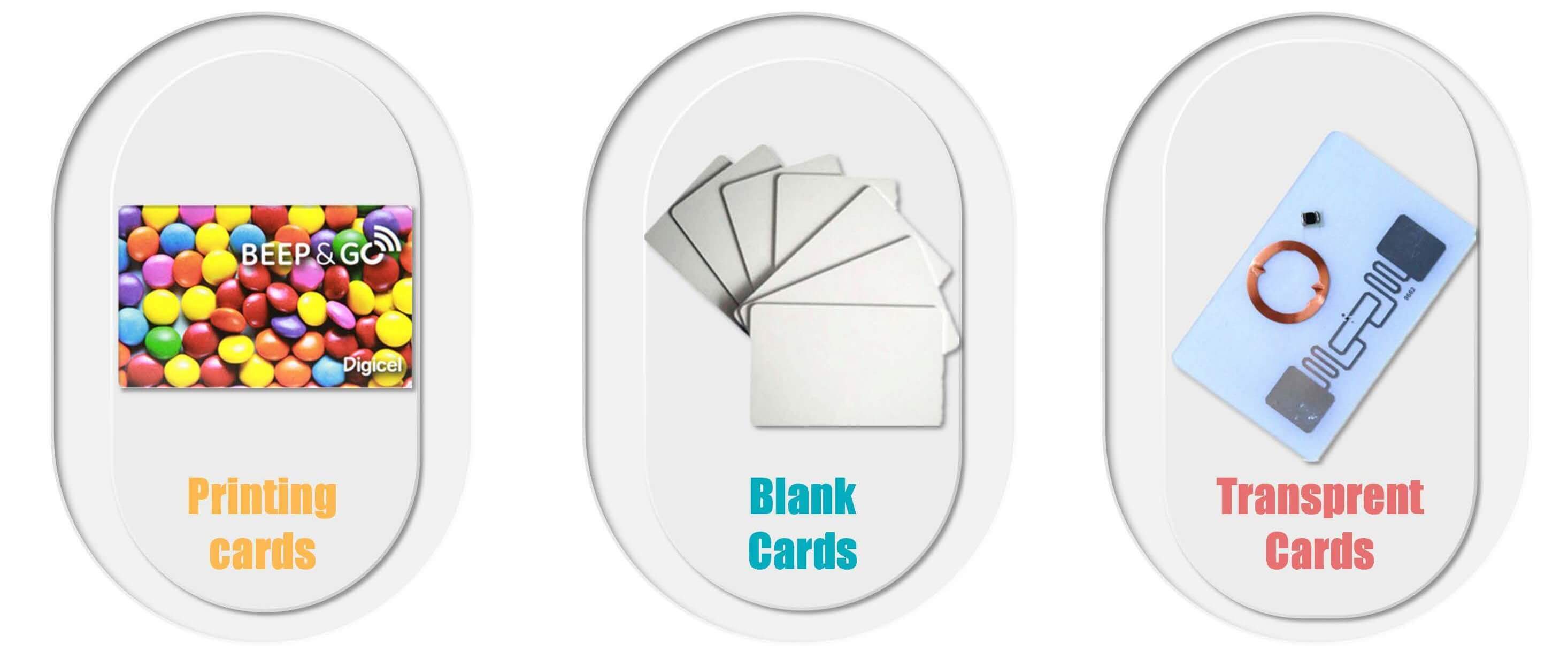
RFID / NFC contactless card is a plastic or paper card embedded with a microchip and antenna inside, it is widely applied as access control card, employee ID card, hotel key card, parking card. Dual-frequency RFID card is also available on request. Besides, TelefieldRFID ZH provides programming and encoding services that exactly fit your programming or encoding requirements.
RFID cards use radio frequency (RF) signals to exchange data with readers. It usually has a built-in antenna and an integrated circuit IC. The antenna can send and receive radio waves, and the IC is responsible for modulating and demodulating radio signals, as well as processing and storing data.
RFID chips are very similar to bar code labels because they are usually used with corresponding scanners or readers. However, RFID chips have significant advantages. Because the RFID chip communicates with the reader through radio waves (not the infrared rays that barcode technology is using), the chip does not have to be directly in front of the reader.
In addition, unlike barcodes that must be very close to reading, some RFID readers can work even if they are a few meters apart. In addition, the barcode label can only be read by one reader at a time, but the RFID chip can transmit data to multiple readers at the same time.
The operating frequency of the chip may also be different. Generally divided into ultra-high frequency (UHF), high frequency (HF) or low frequency (LF).
RFID chips can be attached almost anywhere: clothes, shoes, vehicles, containers, and even plants and animals.
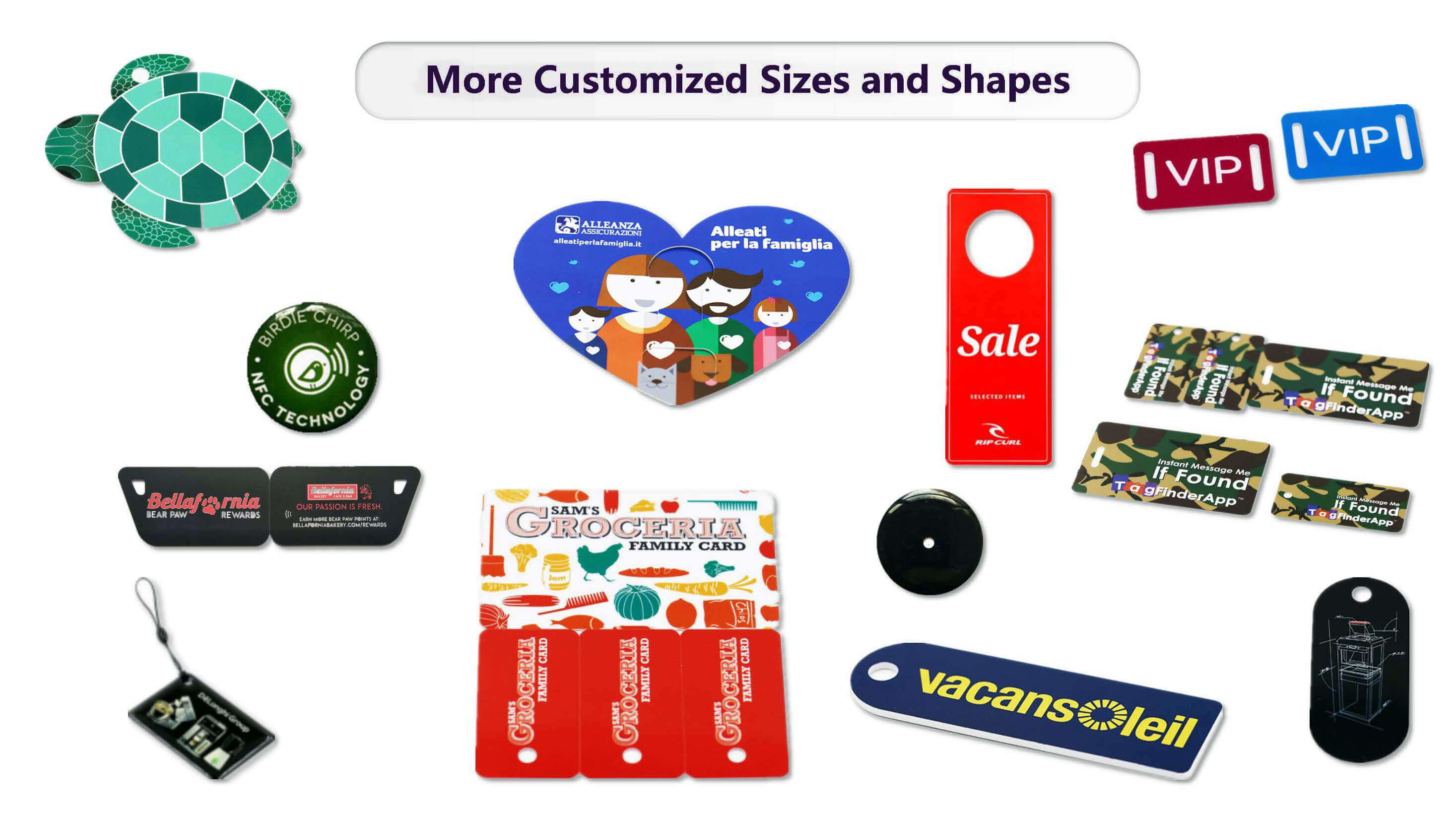
Send Your Design, Get Price Now!
High Frequency RFID Chip
The common frequency is the 13.56MHz ISM band. The RFID label in this band is still passive, and it also uses inductive coupling for energy supply and data transmission.
The biggest application of RFID chips in this frequency band is the contactless smart cards we are familiar with.
Compared with low frequency, its transmission speed is faster, usually above 100kbps, and it can be identified by multiple tags (each international standard has a mature anti-collision mechanism). The system in this frequency band benefits from the application and popularity of contactless smart cards. The system is also relatively mature, and the price of reading and writing equipment is relatively low.
High-frequency RFID chip products are the most abundant, with storage capacity from 128 bits to more than 8K bytes, and can support high-security features, from the simplest write lock to stream encryption, and even encryption coprocessors are integrated. Generally used in identity recognition, library management, product management, etc. RFID applications that require high security, this band is currently the only option.
Low Frequency RFID Chip
The common main frequency is 125KHz. Generally, RFID tags in this frequency band are passive and provide energy supply and data transmission through inductive coupling. The biggest advantage of the low-frequency RFID chip is that the tag is less affected when the tag is close to metal or liquid items. At the same time, the low-frequency system is very mature and the price of the reading and writing device is low.
But the disadvantages are the short reading distance, the inability to read multiple tags at the same time (anti-collision), and the low amount of information. The storage capacity of general chips is from 128 bits to 512 bits. Mainly used in access control systems, animal chips, car alarms, and toys.
Although the low-frequency system is mature and the price of reading and writing equipment is low, due to its low resonance frequency, the tag needs to make a winding inductor with a large inductance value, and often requires an off-chip resonance capacitor. In fact, the cost of the tag is higher than the other frequency.
Ultra High Frequency
The common main frequency is 860~960MHz. The RFID chip in this frequency band transmits energy and information through electromagnetic waves.
Both active and passive applications are common in this frequency band. Passive tags have a reading distance of about 3 ~ 10 m. The transmission rate is relatively fast, and can generally reach about 100kbps. And because the antenna can be manufactured by etching or printing, the cost relatively low.
Because the reading distance is far away, the information transmission rate is fast, and a large number of tags can be read and identified at the same time, it is especially suitable for logistics and supply chain management. However, the disadvantage of this frequency band is that it is less ideal for metal and liquid objects, and the system is not yet mature, the price of reading and writing equipment is very expensive, and the cost of application and maintenance is also very high.
In addition, the safety characteristics of this frequency band are general, and it is not suitable for application fields with high safety requirements.
Please select the corresponding chip according to the system you are using. If you are not sure which one to choose, please contact us.
| Low Frequency 125KHz Chips | |
| TK 4100 | T5577 |
| EM 4100 | Hitag 1 |
| EM 4200 | Hitag 2 |
| EM 4305 | Hitag 256 |
| High Frequency 13.56MHz Chips | |
| Ntag203 | FM1204(4K) |
| Ntag213 | FM1208-10(7+1K) |
| Ntag215 | FM1208-37(Nation Encryption AI Gorithm) |
| Ntag216 | FM121240 (40K) |
| Mirare S50 (BAND) | FM1208-09(Pure 8K) |
| Mirare S50 (COB) | FM 121216 (16K) |
| Mirare S70 (BAND) | FM121232 (32K) |
| Mifare S70 (COB) | FM 121280 (80K) |
| Mifare S70 FM11RF32 | FM11RF08 |
| Mirare Desfire 2K | FM1302T Alternatine TI |
| High Frequency 13.56MHz Chips | |
| Mirare Desfire 4K | MIFARE I-CODE SLI |
| Mirare Desfire 8K | MIFARE I-CODE 2 |
| MIFARE Ultralight EV1 | MIFARE I CODE SLI-X |
| MIFARE Ultralight C | MIFARE I-CODE ILT |
| Mirare Plus S2K 7B-4NB | MIFARE I-CODE SLI-S |
| Mirare Plus S4K 7B-4NB | SRI512 |
| Mirare Plus X2K 7B-4NB | SRF55V02P |
| Ultra-High Frequency 860-960 MHz Chips | |
| Alien H3 | Alien H4 |
| IMPINJ M4 | IMPINJ M5 |
| IMPINJ M6 | NXP U Code 7 |
| NXP U Code 8 | |
The above models may not be fully displayed. If you need a chip other than the form, please contact us.
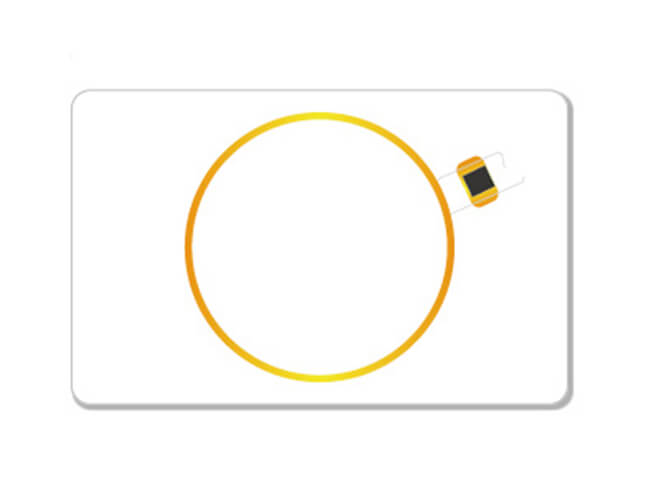

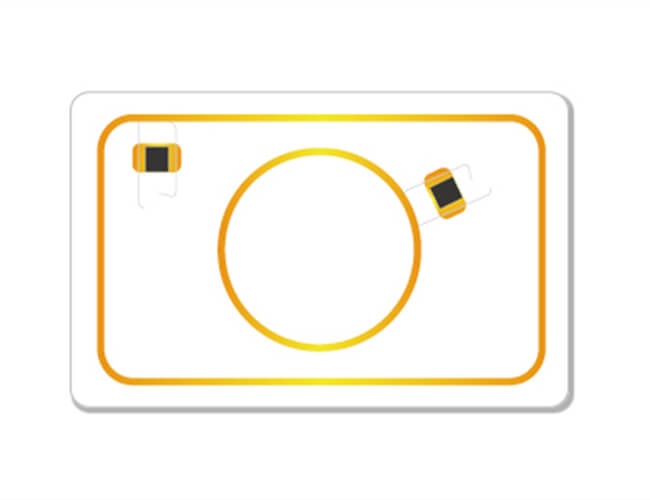
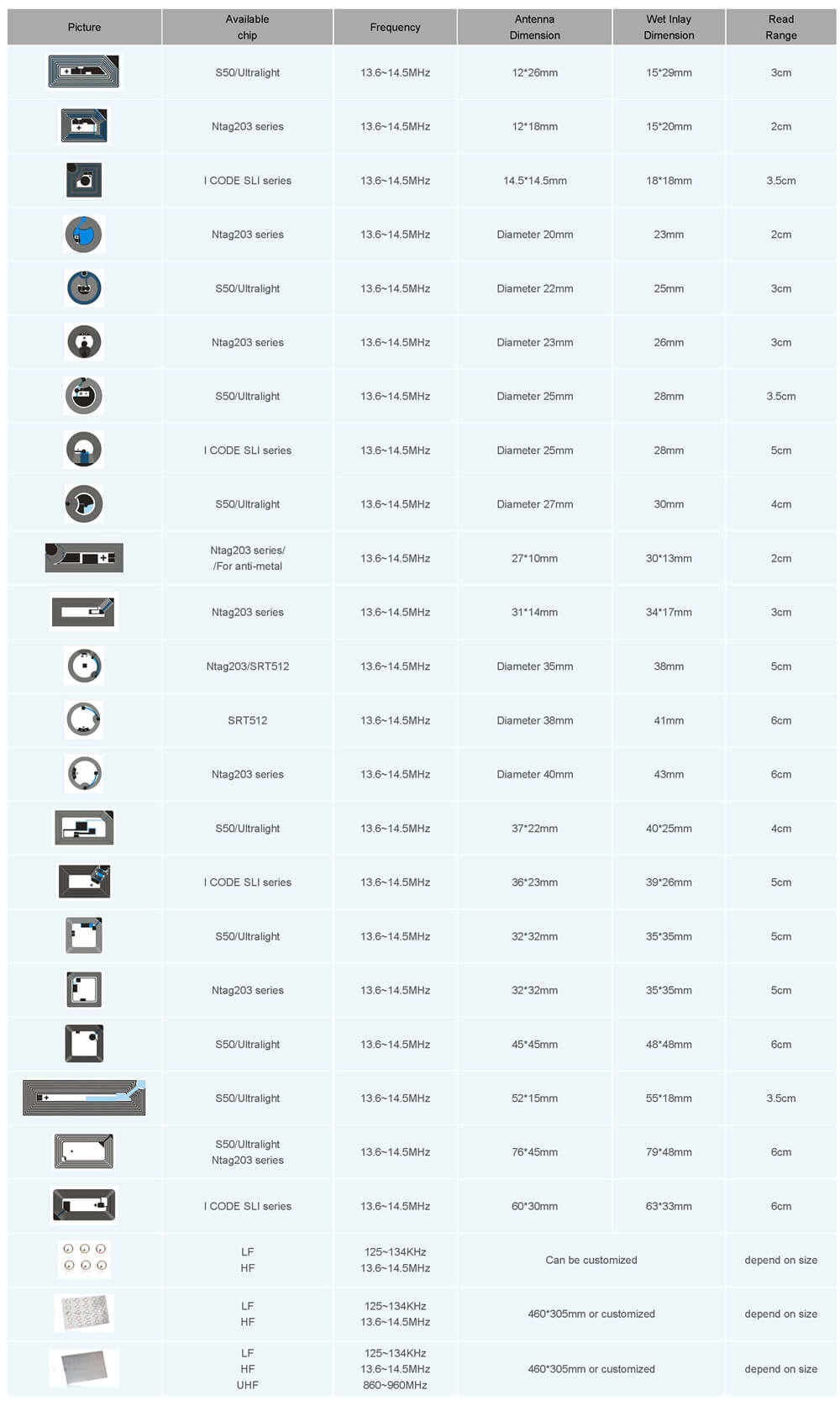

The above models may not be fully displayed. If you need an inlay other than the form, please contact us.
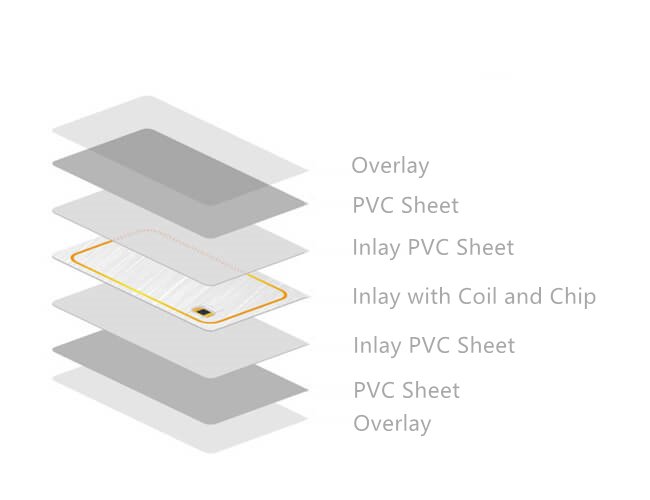
Choose the Corresponding Printing Crafts.
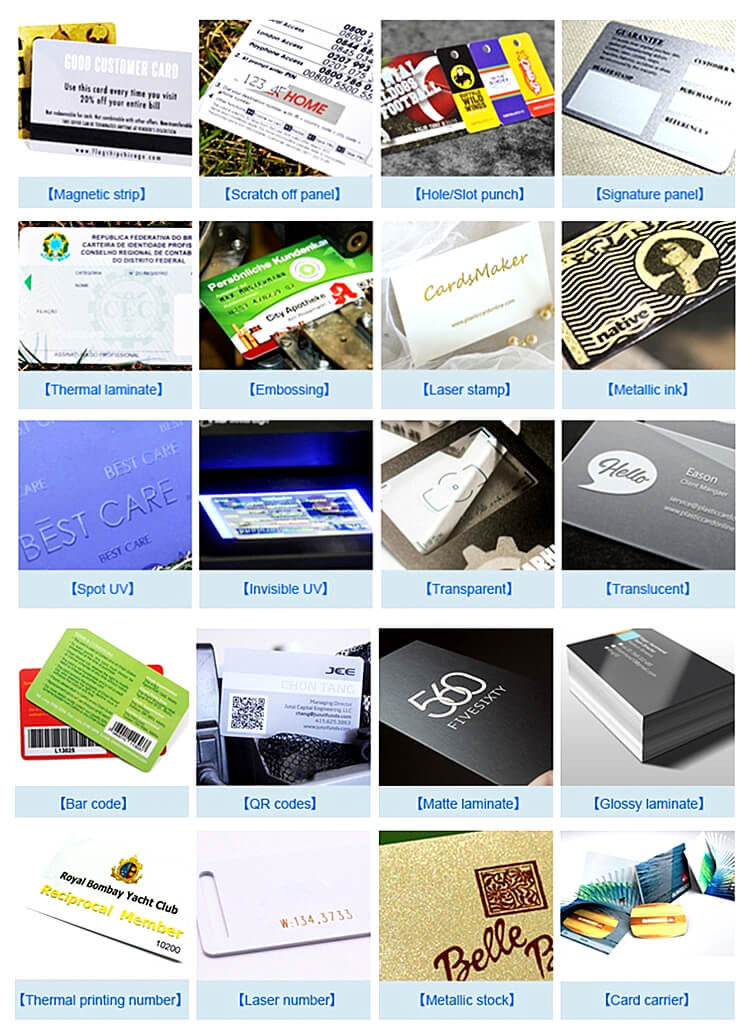
|
|
|
|
|
|
|
|
|
|
|
|
|
|
|
|
|
|
|
|
Focused on IoT development. We are an RFID manufacturer specialized in RFID solution researching and developing, including RFID smart cards, RFID tags, RFID wristbands, RFID inlay, and RFID reader, etc. Our products are widely used in specialize intelligent Packaging, Intelligent Manufacturing, Public Transport, Medical Treatment, Education, Cold Chain & Logistics, Intelligent Warehousing, Clothing Retailing, Drugs & Food, Anti-counterfeiting, Game & Toys, Access Control, etc.
We are willing to provide professional suggestions and all-around technical support to you in the application of RFID products.
Why Choose Us· Experienced Technicians |
What We Serve· 7*24 Follow-up |